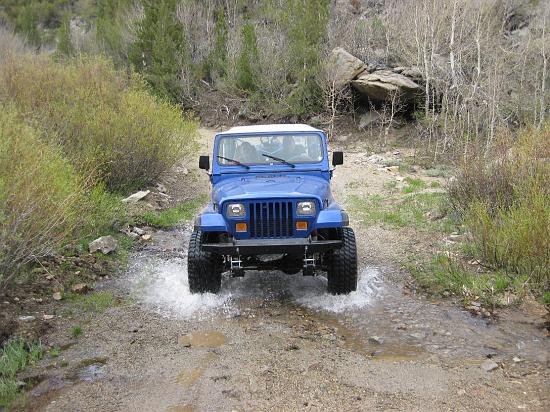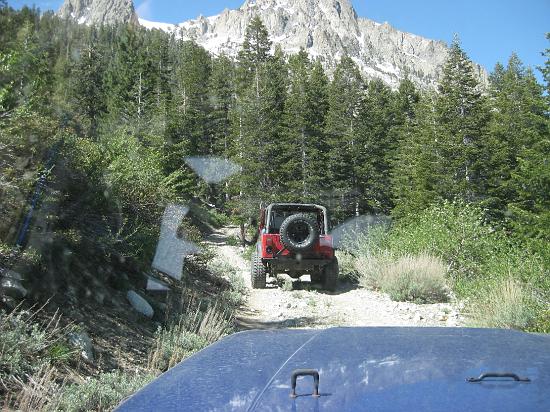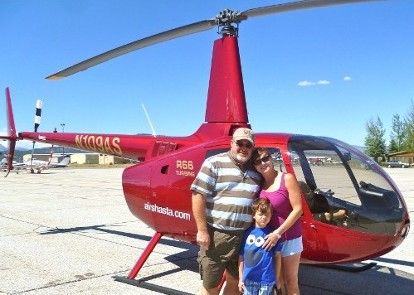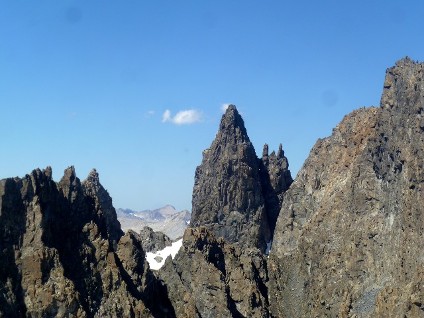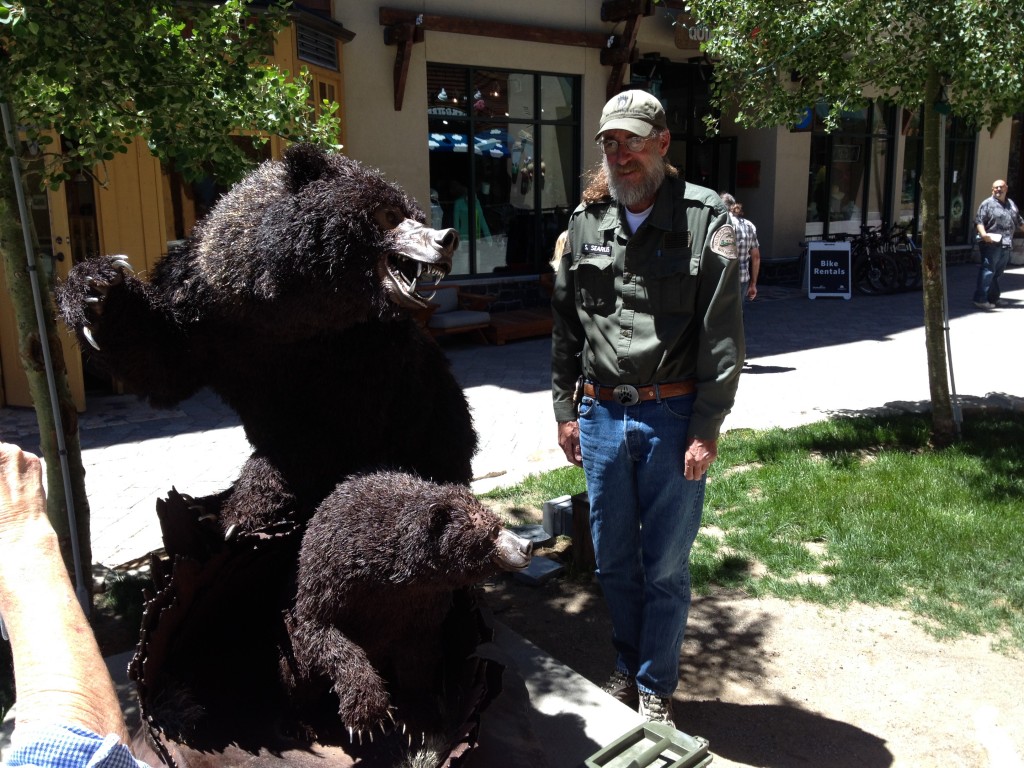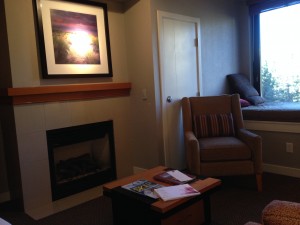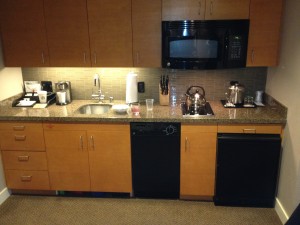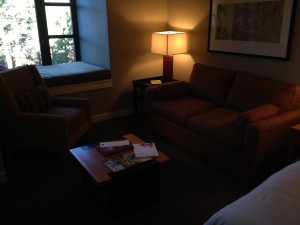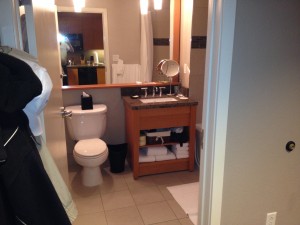Hilton Worldwide announced the opening of the upper upscale Embassy Suites by Hilton Santo Domingo, a 150 all-suite, new-build, full service hotel in Santo Domingo, Dominican Republic.
Forming part of the Silver Sun Gallery complex, the newest hotel in Santo Domingo’s business district welcomes guests to an array of nearby attractions and special introductory rates starting at $99*.
“We are thrilled to bring the Embassy Suites by Hilton brand to Santo Domingo,” said John Rogers, global head, Embassy Suites Hotels. “The brand delivers a strong value proposition that resonates with both leisure and business travelers and we are confident the hotel will thrive in the nation’s capital and commercial hub.”
Strategically located on Avenida Tiradentes in the tallest building in the city, Embassy Suites by Hilton Santo Domingo welcomes guests to a striking design that blends a modern exterior with a warm and inviting interior.
Just 30 minutes from Las Americas International Airport, the hotel offers convenient on-site access to some of the city’s best dining and entertainment options, and proximity to the Colonial City, museums and more. A 50-minute drive will take guests to some of the finest golf courses and beaches in the Caribbean.
Danny Hughes, senior vice president, Caribbean, Mexico and Latin America, Hilton Worldwide said, “We are excited to open our second Hilton Worldwide hotel in Santo Domingo, a perfect complement to our already successful Hilton Santo Domingo. With its distinct design and unique brand proposition in the city, this fine Embassy Suites hotel will welcome travelers to all this flourishing business district has to offer.”
Ideal for both business and leisure travelers, Embassy Suites by Hilton Santo Domingo features spacious two-room suites, equipped with a separate living area, private bedroom, wet bar fitted with a microwave, mini-fridge and coffee maker, and two flat-screen high-definition televisions. Guests can enjoy a complimentary, rooftop fitness center and outdoor swimming pool offering stunning views of the horizon.
The new hotel also welcomes guests to the brand’s signature features such as complimentary, cooked-to-order breakfast and evening Manager’s Reception with complimentary appetizers and beverages. A stylish and inviting lobby bar is perfect for some after business relaxation.
A great option for business and event guests, Embassy Suites by Hilton Santo Domingo offers more than 22,500 square feet of indoor meeting space, including two ballrooms, break out rooms, and a meeting room. More than 4,000 square feet of outdoor events space is also available for business and social functions. A 24-hour business center completes the facilities.
Embassy Suites by Hilton Santo Domingo participates in Hilton HHonors®, the only guest rewards program that allows members to earn Points & Miles® for the same stay and redeem points for free nights with No Blackout Dates at more than 4,100 hotels worldwide.
For more information and reservations, visit www.santodomingo.


